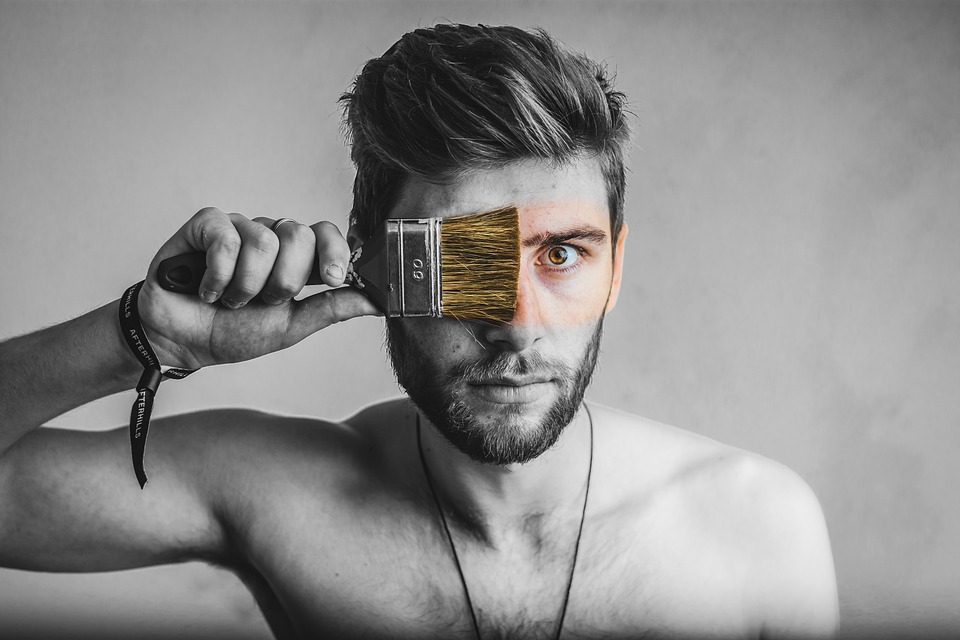
In recent years, the fashion industry has made great strides towards inclusivity and diversity, especially when it comes to the models that represent their brands. Thanks to the rise of social media and the increasing demand for representation of all shapes, sizes, and backgrounds, fashion models are breaking barriers and changing the industry in a significant way.
Traditionally, the fashion industry has been criticized for perpetuating narrow beauty standards and promoting unrealistic ideals of perfection. However, in recent years, we have seen a shift towards a more inclusive and diverse representation of beauty. Fashion brands are now casting models of all shapes, sizes, ages, genders, and ethnicities, reflecting the diversity of the real world and celebrating individuality.
One of the key players in this movement is the rise of plus-size models. Plus-size models such as Ashley Graham, Tess Holliday, and Iskra Lawrence have challenged traditional beauty standards and have become powerful forces within the fashion industry. These models have not only landed major campaigns and magazine covers but have also started conversations about body positivity and self-love.
In addition to size diversity, the fashion industry is also making strides towards racial diversity. Models of color such as Adut Akech, Winnie Harlow, and Halima Aden are breaking barriers and paving the way for a more inclusive industry. These models are not only gaining recognition for their beauty but are also using their platforms to advocate for racial equality and representation.
Furthermore, the rise of transgender models such as Hari Nef, Andreja Pejić, and Teddy Quinlivan is also reshaping the industry. These models are challenging the gender binary and redefining traditional notions of beauty. By embracing transgender models, the fashion industry is sending a powerful message of acceptance and equality.
Overall, the fashion industry is evolving and becoming more inclusive and diverse, thanks to the efforts of these trailblazing models. Breaking barriers and challenging norms, these models are not only changing the face of fashion but are also inspiring others to embrace their own uniqueness and individuality. As we continue to celebrate diversity and representation, we can look forward to a more inclusive and empowering future for the fashion industry.







